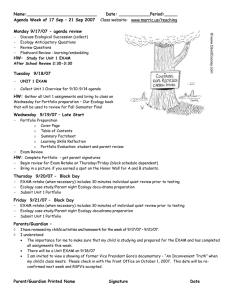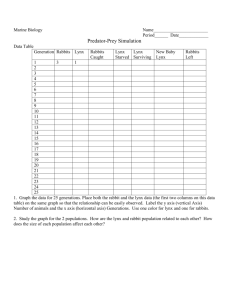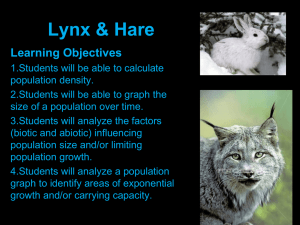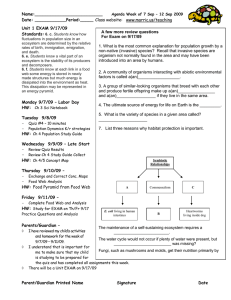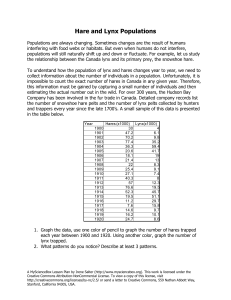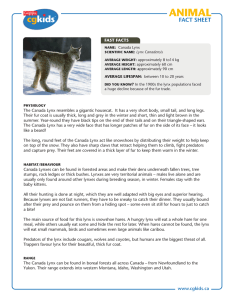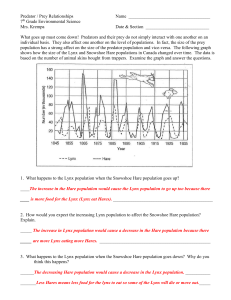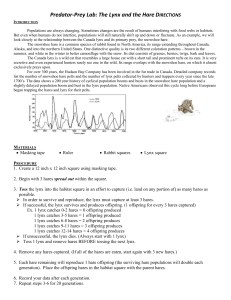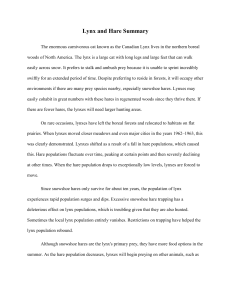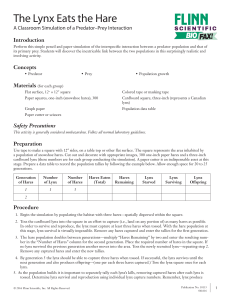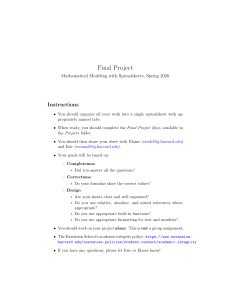Name:___________________________ Date: ____________Period:_____
advertisement
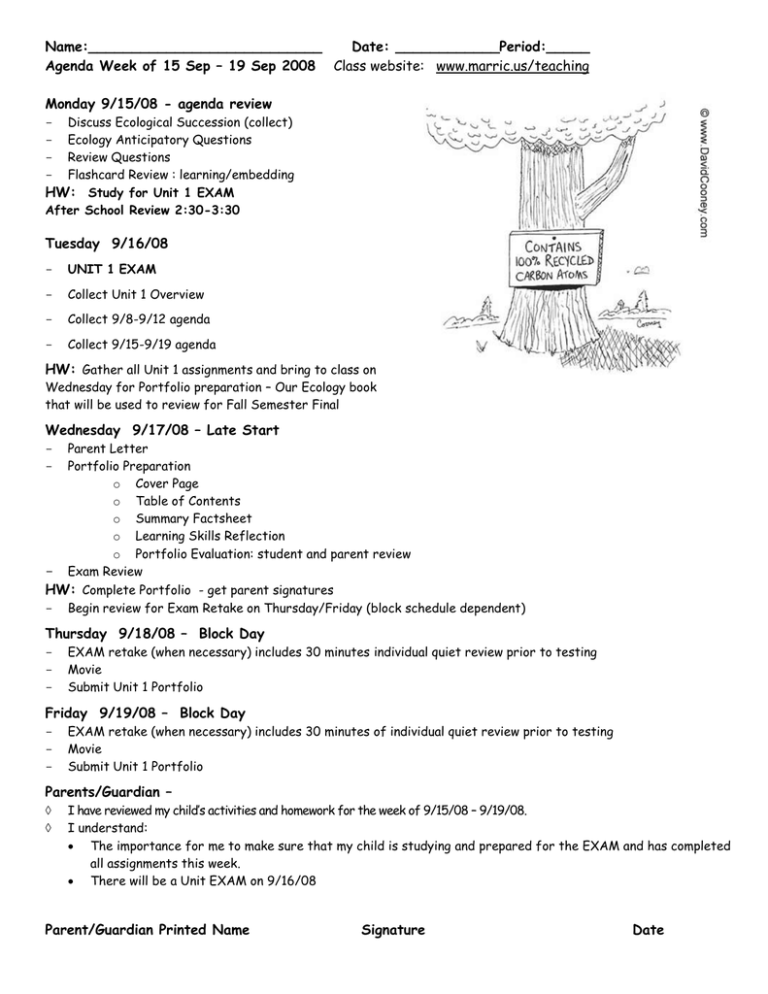
Name:___________________________ Date: ____________Period:_____ Agenda Week of 15 Sep – 19 Sep 2008 Class website: www.marric.us/teaching Monday 9/15/08 - agenda review Discuss Ecological Succession (collect) Ecology Anticipatory Questions Review Questions Flashcard Review : learning/embedding HW: Study for Unit 1 EXAM After School Review 2:30-3:30 - Tuesday 9/16/08 - UNIT 1 EXAM - Collect Unit 1 Overview - Collect 9/8-9/12 agenda - Collect 9/15-9/19 agenda HW: Gather all Unit 1 assignments and bring to class on Wednesday for Portfolio preparation – Our Ecology book that will be used to review for Fall Semester Final Wednesday 9/17/08 – Late Start Parent Letter Portfolio Preparation o Cover Page o Table of Contents o Summary Factsheet o Learning Skills Reflection o Portfolio Evaluation: student and parent review - Exam Review HW: Complete Portfolio - get parent signatures - Begin review for Exam Retake on Thursday/Friday (block schedule dependent) - Thursday 9/18/08 – Block Day - EXAM retake (when necessary) includes 30 minutes individual quiet review prior to testing Movie Submit Unit 1 Portfolio Friday 9/19/08 – Block Day - EXAM retake (when necessary) includes 30 minutes of individual quiet review prior to testing Movie Submit Unit 1 Portfolio Parents/Guardian – I have reviewed my child’s activities and homework for the week of 9/15/08 – 9/19/08. I understand: The importance for me to make sure that my child is studying and prepared for the EXAM and has completed all assignments this week. There will be a Unit EXAM on 9/16/08 Parent/Guardian Printed Name Signature Date Bell Ringers: Week of 15 Sep – 19 Sep 2008 Monday – A fire is burning in the neighborhood and you notice a toxic smell to the smoke. You make observations about your environment and decide where it is safest to go. You decided how contamination is transported, what did you decide? Tuesday – You know that lynx are predators of hares (close relatives of rabbits). While visiting a history museum in Montreal in Canada (1/2 French and 1/2 English-speaking), you observes a graph on display that records the number of lynx and hare trapped in the Hudson Bay area (Atlantic Coast inland harbor) for 90 years: 1845 and 1935. The graph has two different lines for lynx and hares. You observed that the two lines on the graph follow a pattern. Which pattern does she observe? A. Both hare and lynx populations remain constant. B. Both hare and lynx populations rise and fall together. C. The hare population decreases shortly after the number of lynx decreases. D. The lynx population decreases shortly after the number of hares decreases. Explain. Wednesday - Rabbits introduced into Australia more than 100 yrs ago have become a serious pest to farmers. Rabbits have taken control displacing many native species of plant eaters. What is the most logical explanation for their increased numbers? A. Rabbits have a high death rate. B. There are few effective predators. C. Additional rabbit species have been introduced. D. There is an increase in rabbit predators. Explain. Thursday - You hears about a plan to drain a nearby wetland to develop for commercial purposes. This wetland is part of the Arcade Creek floodway that is one of the Sacramento River’s tributaries. Your friend thinks the plan is okay because there is not value to keeping the wetland. After researching and thinking about the issue. You respond to your friend’s opinion. Which is the response closest to yours? A. Wetlands are beautiful ecosystems, but they have no economic value. B. Wetlands breed harmful insects, and they should be drained for better use. C. Wetlands have a direct economic value such as providing a food source. D. Wetlands have indirect value such as cleaning pollutants from water. Explain. Friday - While touring a Costa Rican rain forest on vacation, Miss Elizabeth learned that rain forests between the Pacific and Atlantic Oceans have the highest biodiversity of any ecosystem on the planet. You now would define the term biodiversity as closest to which definition? A. number of life layers in the forest B. number of organisms in the forest C. variety of habitats in the forest D. variety of species in the forest Explain.
